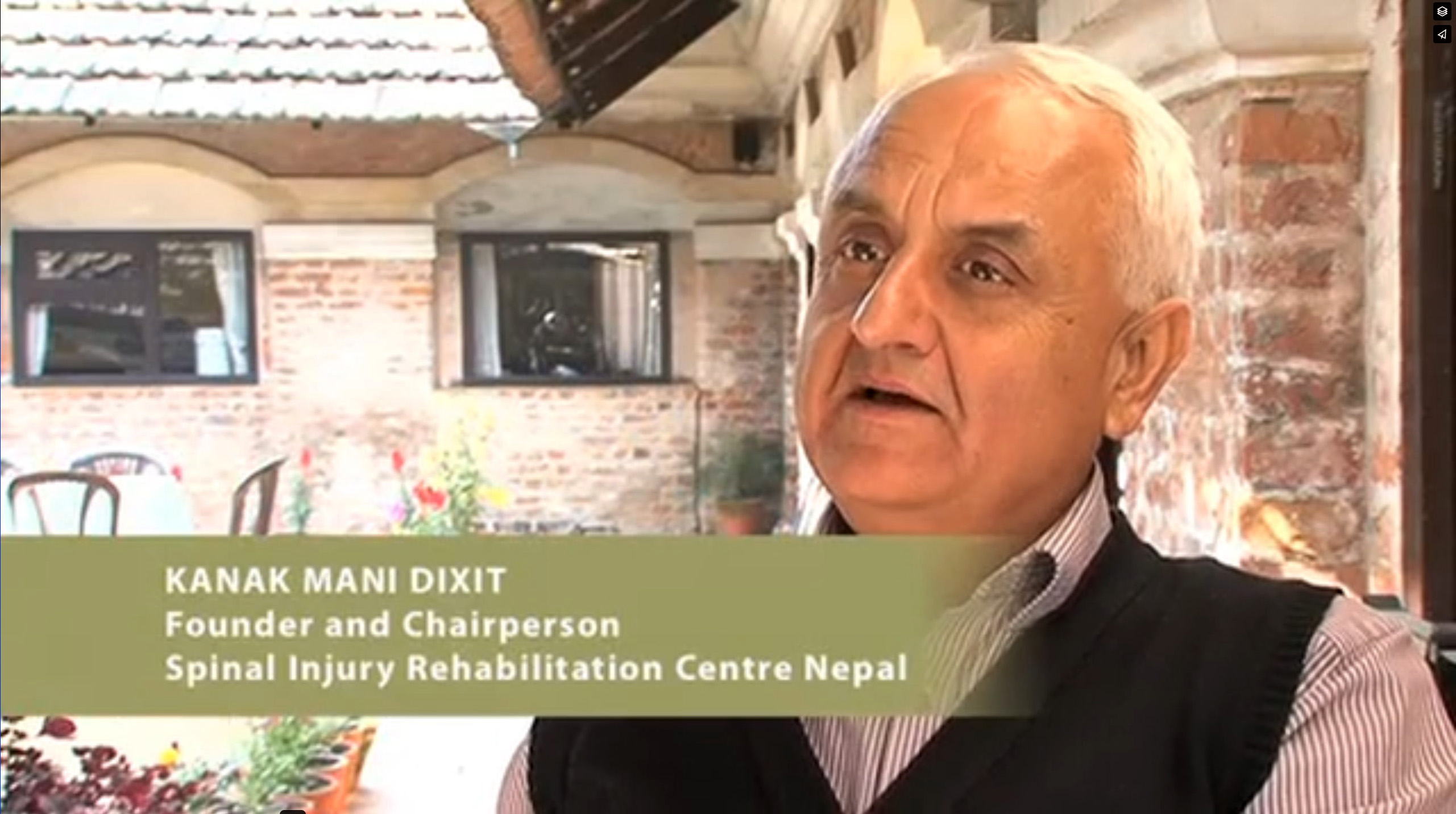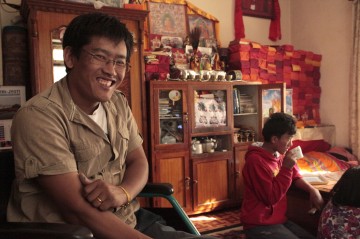The Impact of SCI in Nepal
In Nepal, all the consequences of disability experienced by people with SCI in the developed world are magnified. More people die from the complications than in Canada. For survivors the quality of life may be severely compromised.

This excellent 12 minute movie from DMW documents how the Spinal Injury Rehabilitation Centre in Nepal came into being and will let you share the life experiences of people dealing with SCI in Nepal. The Development of SIRC, Nepal. The producer, Michael Brown, is now with the group “Marginal Voices”
Imagine trying to provide for your family working on the family farm from a wheelchair: this is what it means to be disabled in Nepal. In towns, it is also difficult to contribute to family welfare as sidewalks, when present, are largely impassable and most public buildings, including shops, are mostly inaccessible. Even temples present serious barriers. Overall, mobility impairment means that work is virtually impossible for someone with a disability, and, in a country where the average annual per capita income is less than US$650, a “non-productive” family member can tip a family from poverty into dire destitution. Immobility often leads to social isolation and breakdown of the family. Home life is difficult, and people with SCI cannot easily visit their extended families and friends. They find it difficult to get into the community to pursue recreational or educational opportunities. Loss of independence and social support may lead to depression and other psychological problems.
There is hope
 The Spinal Injury Rehabilitation Centre is making it possible for Nepalese people with SCI to participate in work, recreation, family life and their community,
The Spinal Injury Rehabilitation Centre is making it possible for Nepalese people with SCI to participate in work, recreation, family life and their community,
Left, a patient at SIRC enjoys indoor games.

Right, Thanka artist Ngawang Chhiri Sherpa at home.